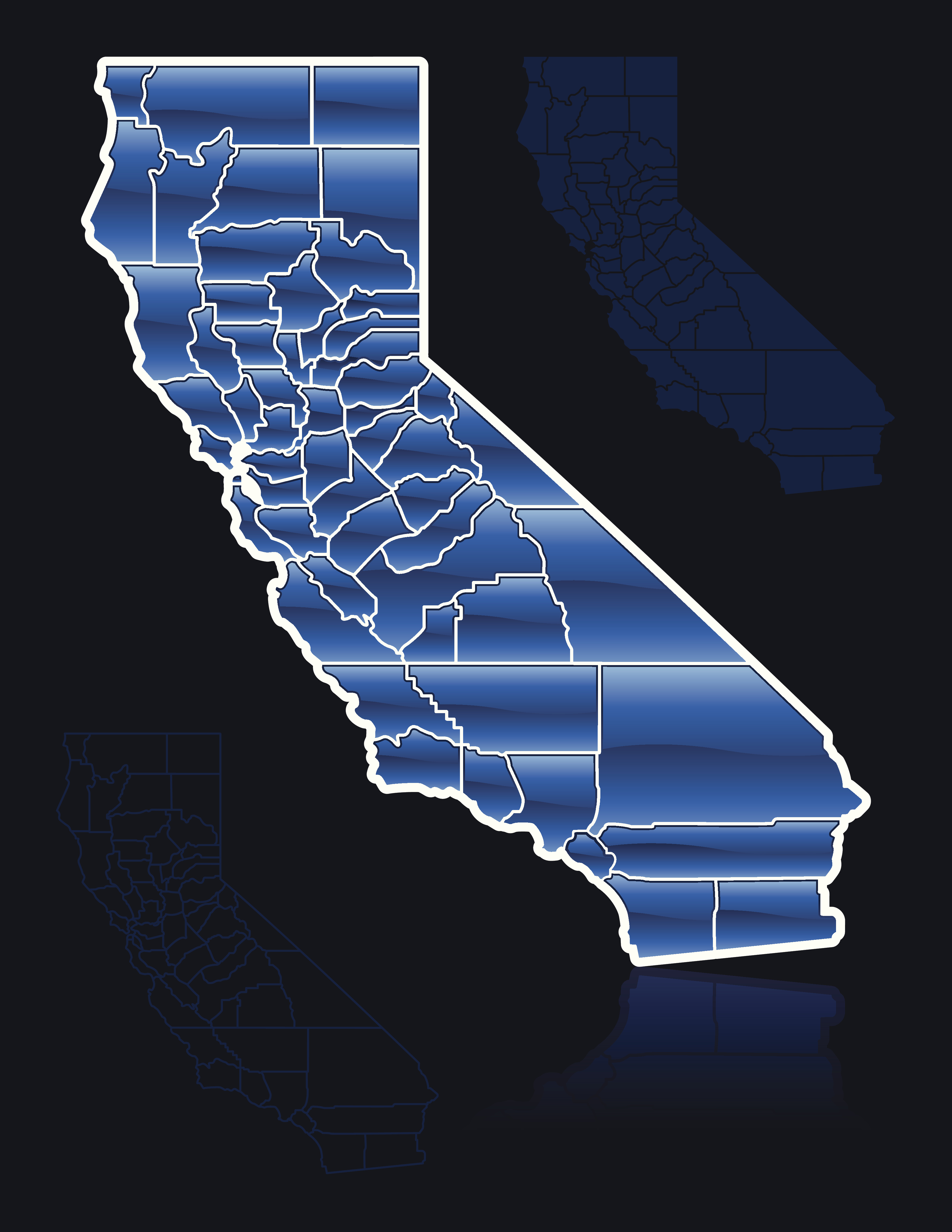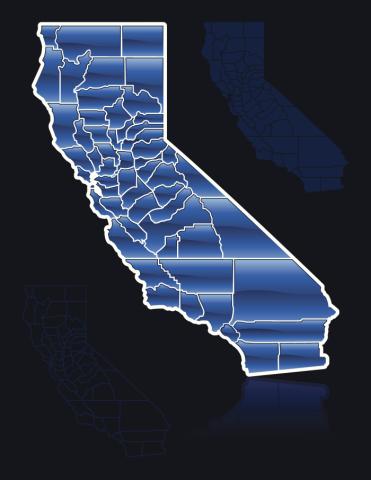- Politics, Institutions, and Public Opinion
- Campaigns & Elections
- State & Local
In just three weeks, vote-by-mail ballots will begin hitting California voters’ doorsteps and just a few weeks after that November 4th will be upon us. Nationally, the battle for the US Senate rages on and across the country, stories on competitive gubernatorial races fill local and state newspapers, but here in California, the 2014 electoral environment is quite quiet.
There is no US Senate race this year in California and currently, Jerry Brown is running a “non-campaign” campaign for re-election to a record 4th term (his opponent, Neel Kashkari, is running the strongest and most vibrant campaign he can with limited resources and name recognition). As such, the biggest question mark heading into November is whether the Republicans can net enough seats in the state legislature to prevent a sustained Democratic super-majority; something that may get political junkies all excited, but not your average Californian.
Nonetheless, recent polling from the Field Poll can give us a small look into the electoral environment candidates will face in November.
President Obama is neither helping nor hurting Democrats: While the narrative across the country is how President Obama is holding down Democratic candidates, the same really can’t be said in the Golden State. However, don’t expect to see many Democrats running ads featuring the President. True, Obama’s approval rating is much stronger in California than the rest of the nation (the current RCP average has him at a 13 point net disapproval rating versus a 2 point approval rating in California), but that 15 point approval swing hides that fact that Obama’s California approval is at an all-time low. And the drop in his approval (down 5 points from June), is largely because of dips in the Democratic coalition. Democrat voter approval is down 8 points; strong liberal and Bay Area approval has fallen 7 points; Latino approval is down 6 points, and millennial approval has fallen 4 points. With just 45% approving of the President’s job performance, Democrats can’t count on the President to pull them across the finish line.
Californians optimism has stalled: In 2010, just 13% of Californians said the Golden State was heading in the right direction – the lowest level since 1993; by 2013, that number had surged to 44% saying California was going in the right direction, but it hasn’t budged since. Today, just 43% say the state is on the right track (41% say the wrong track). So, while Californians think things have improved, there still is plenty of angst for challengers to tap into.
The State Legislature and Congress both are viewed negatively: While the state legislature is doing better than the late 2000’s (in 2010, the Golden Dome had a net 62 point disapproval rating), at an 8 point disapproval rating, the state legislature still isn’t regarded too highly. This could be problematic for Democrats, as it undermines a message that they’ve been good stewards of the legislature and strengthens the Republicans’ ability to use the state legislature’s unpopularity. But, the state legislature is doing much better than Congress, who currently has a net disapproval rating of 62 points. However, while Republicans actually has a more dismal view of Congress than Democrats, the generic Congressional ballot isn’t looking too bad for Republicans – standing at just a +8 advantage for Democrats, similar to the 2010 and 2006 mid-term years. Overall, it doesn’t look like this year will be a good election to be the incumbent.
Ballot proposition battles aren’t likely to drive turnout: Governor Brown will go all-in on Propositions 1 and 2 – the water bond and the rainy-day fund – but don’t expect either of these to be major GOTV motivators. If anything, there is an argument that these propositions could actually depress liberal Democratic turnout (water bond being anti-environmentalist and the rainy-day fund being anti-state spending). Nonetheless, both should pass rather easily. The other two contentious ballot battles – Props 45 and 46 – are steadily losing support (and dangerously below the 60% threshold typically needed in early polling to warrant success on Election Day) and could be dead-men walking by November. But even though both sides will spending heavily in the coming weeks, the topics of Props 45 and 46 aren’t likely to drive turnout.
Besides Brown, statewide candidates are all largely unknown: Just 9% of Californians have no opinion of Brown. Meanwhile, almost 5 times have no opinion of Nee Kashkari. Among the Democratic non-gubernatorial partisan statewide candidates, roughly 1/3rd of California has no opinion of them and this includes three sitting statewide officeholders. The Republican candidates are even more obscure with 55% of Californians having no opinion, on average. This could be a double-edged sword for both Republicans and Democrats. On one side, it will be difficult for down-ballot Republicans to break away from partisan leanings, but on the other side, either candidate can define their opponent with smartly placed targeted advertisements. This is likely to be an election where ballot designations play an oversized role.
In a state known for having very bombastic and colorful elections, November 2014 is going to be unusually dull. Don’t be surprised, then, if we see general election turnout at or near all-time lows.
Follow him on Twitter: @CarsonJFBruno

















